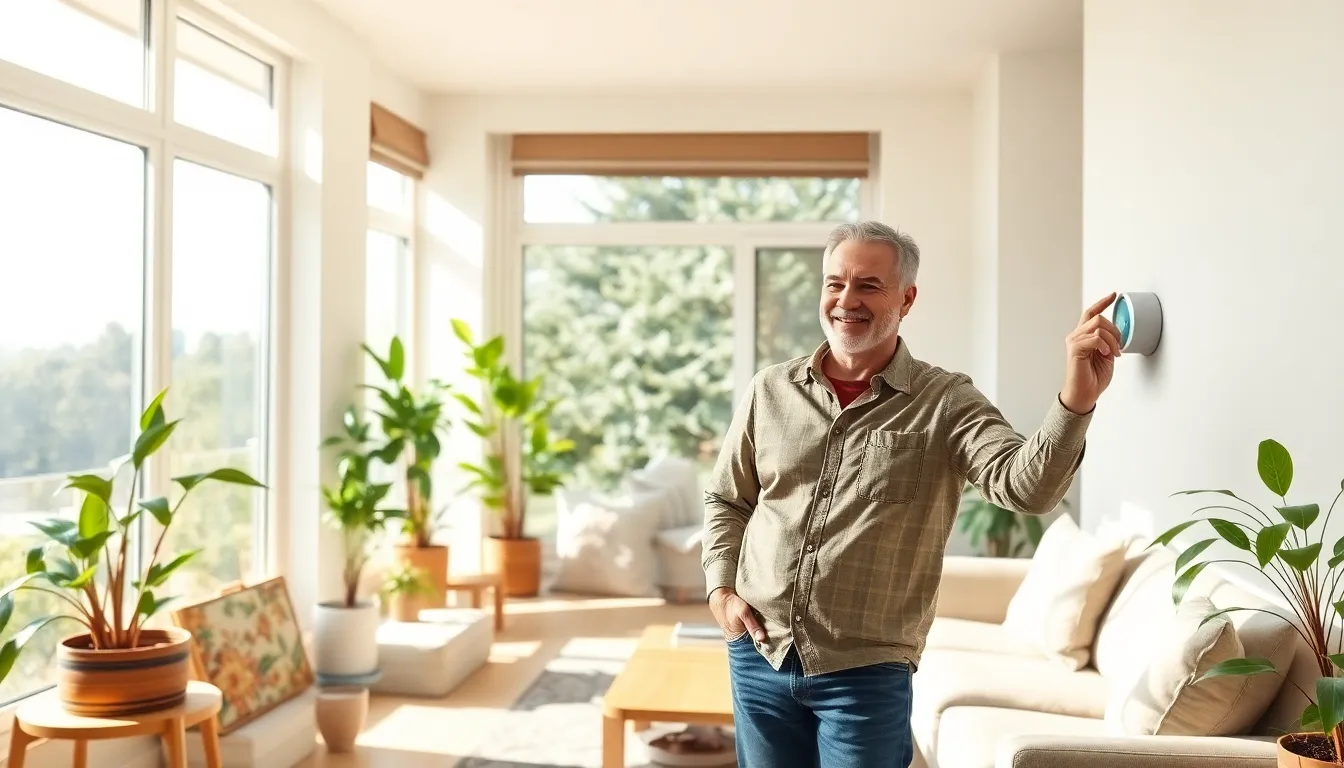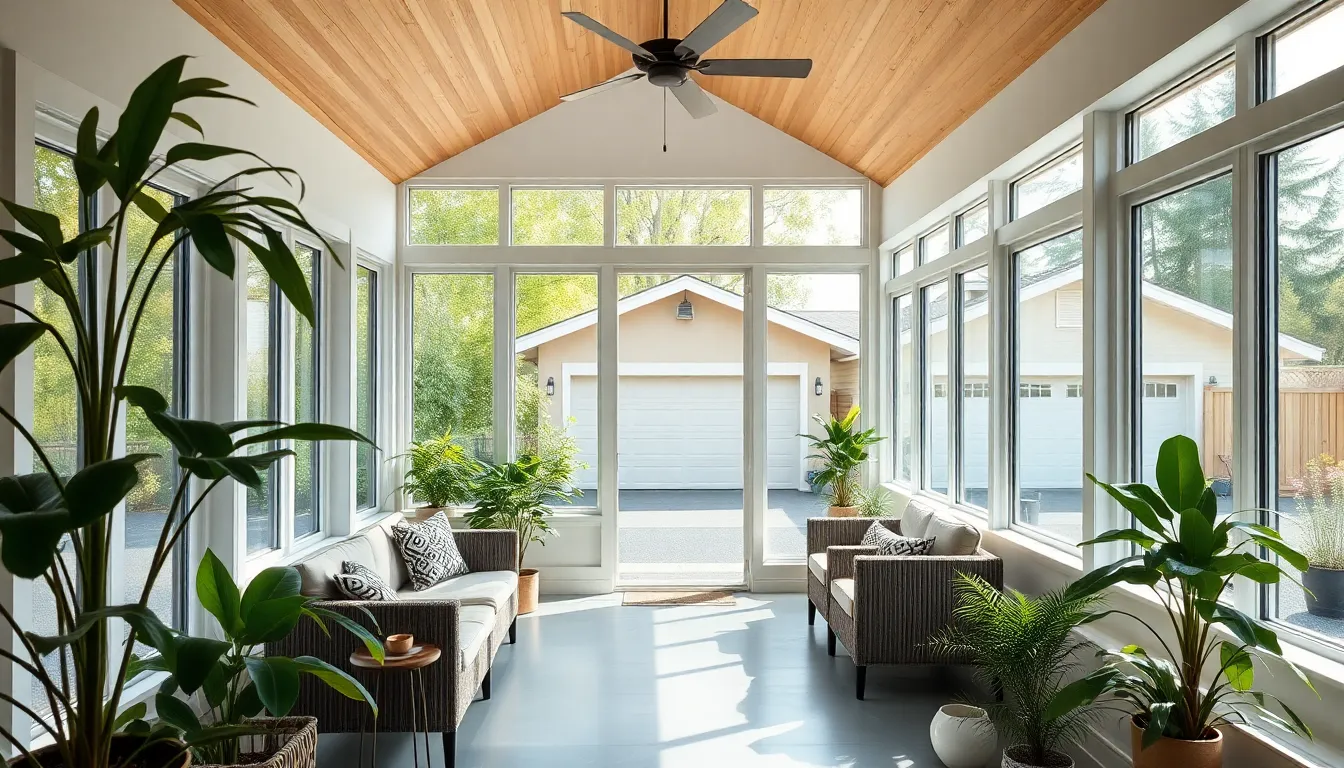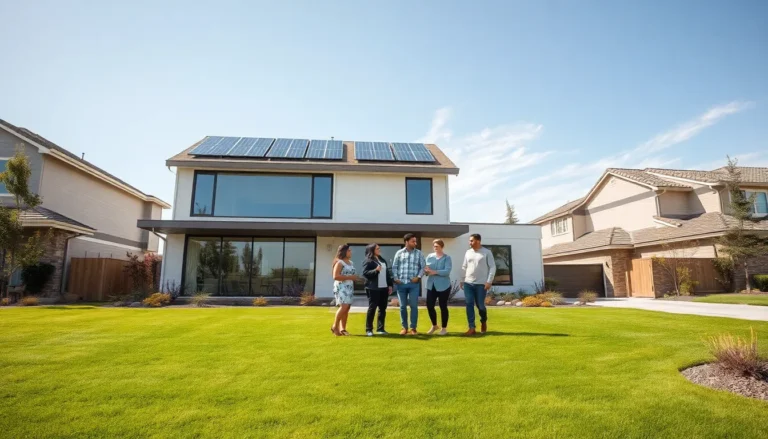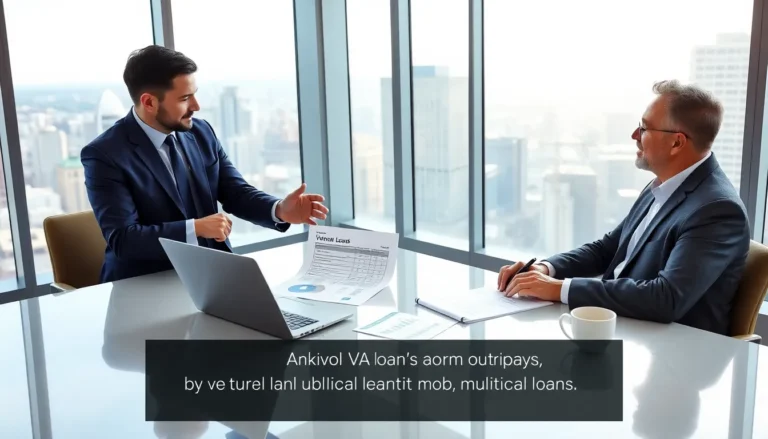Table of Contents
ToggleIn a world where energy bills can feel like a second mortgage, why not turn your home into a fortress of efficiency? Energy-efficient home additions not only boost comfort but also help save the planet—and your wallet. Imagine sipping your morning coffee in a sunlit room that keeps the heat in during winter and the cool air in during summer. Sounds dreamy, right?
Understanding Energy-Efficient Home Additions
Energy-efficient home additions enhance comfort while minimizing energy consumption. These improvements lower utility bills and create a more sustainable living environment.
Benefits of Energy Efficiency
Lowering energy costs prominently stands out among the benefits. Enhanced air quality arises from improvements in insulation and ventilation. Boosting property value becomes evident with increased interest in eco-friendly features. Achieving a reduced carbon footprint contributes to environmental sustainability. Homeowners experience overall comfort due to consistent indoor temperatures.
Common Features of Energy-Efficient Additions
High-performance insulation forms the backbone of energy-efficient additions, promoting temperature regulation. Energy-efficient windows reduce heat transfer and improve daylight access. Smart home technology allows for optimized energy use, enhancing convenience. Additionally, sustainable materials contribute to both durability and low environmental impact. Finally, energy-efficient HVAC systems significantly improve heating and cooling efficiency.
Types of Energy-Efficient Home Additions
Energy-efficient home additions come in various forms, each designed to enhance comfort and reduce energy consumption.
Sunrooms and Conservatories
Sunrooms and conservatories allow natural light to flood into the home. These structures often incorporate energy-efficient windows, which minimize heat loss during colder months and reduce cooling demands in the summer. Insulation plays a crucial role, helping to maintain consistent temperatures. Many homeowners choose sustainable materials for construction, ensuring longevity and environmental consideration. A sunroom can also provide valuable living space, increasing property value while promoting a sense of connection to the outdoors.
Energy-Efficient Garages
Energy-efficient garages feature improved insulation and ventilation systems. High-performance materials help maintain a stable temperature, preventing heat from escaping during winter months. The incorporation of smart technology allows for monitoring energy use, further enhancing efficiency. Many energy-efficient garages also include features like electric vehicle charging stations, supporting sustainable transportation options. Investing in an energy-efficient garage not only creates a functional space but also contributes positively to the home’s overall energy performance.
Design Considerations for Energy-Efficient Additions
Designing energy-efficient home additions requires careful planning and attention to detail. Key elements impact overall energy performance and comfort.
Insulation and Air Sealing
Insulation plays a crucial role in energy efficiency. Optimal insulation minimizes heat loss in winter and keeps spaces cool in summer. High-performance materials, such as spray foam and cellulose, provide excellent thermal resistance. Air sealing complements insulation by eliminating drafts. Proper sealing around windows, doors, and walls enhances comfort while reducing energy bills. Effective strategies, like using weather stripping and caulk, improve the building envelope. Homeowners experience significant energy savings through these measures. The result is a comfortable living space year-round, with minimal energy waste.
Sustainable Materials
Choosing sustainable materials contributes to a home’s energy efficiency. Recycled, reclaimed, or rapidly renewable products often exhibit superior performance and reduced environmental impact. Options include bamboo flooring and recycled metal roofing. Durable materials lead to lower maintenance costs and greater longevity. Additionally, low-VOC paints and finishes improve indoor air quality, promoting health and well-being. Utilizing local materials reduces transportation emissions, aligning with sustainability goals. Smart choices in materials not only enhance aesthetics but also support energy-efficient objectives and contribute to a lower carbon footprint.
Cost vs. Savings of Energy-Efficient Additions
Energy-efficient home additions represent a financial commitment initially but offer significant returns in energy savings over time. Homeowners frequently consider this balance between upfront costs and long-term benefits.
Initial Investment
Investing in energy-efficient features often incurs higher upfront costs due to advanced materials and technologies. High-performance insulation and energy-efficient windows typically require increased expenditure compared to standard options. Individual project budgets vary based on size and complexity, yet average costs can range from $10,000 to $50,000 for major additions, like sunrooms or garages. Assessing local energy incentives and tax credits can lead to immediate financial relief, potentially offsetting these initial expenses. Homeowners should weigh the benefits against costs to determine the right approach for their specific needs.
Long-Term Energy Savings
Substantial savings emerge over time as energy-efficient additions lower utility bills. Studies indicate homeowners can save anywhere from 20% to 50% on heating and cooling costs through improved insulation and high-performance windows. Smart home technology allows for real-time monitoring of energy usage, leading to further efficiencies. Effective energy management can result in a return on investment within a few years. Additionally, reduced reliance on energy sources translates to a smaller carbon footprint, contributing positively toward environmental sustainability. Over the years, increased property value also strengthens the financial argument for energy-efficient additions.
Conclusion
Energy-efficient home additions represent a smart investment for homeowners looking to enhance their living space while promoting sustainability. By incorporating features like high-performance insulation and smart technology, these additions not only improve comfort but also significantly reduce energy costs.
The long-term benefits often outweigh the initial investment, making it a financially sound decision. Homeowners can enjoy a cozy, efficient environment while also contributing to a greener planet. Ultimately, energy-efficient additions elevate property value and provide a harmonious blend of style and functionality. Embracing these upgrades can lead to a more enjoyable and responsible home life.








